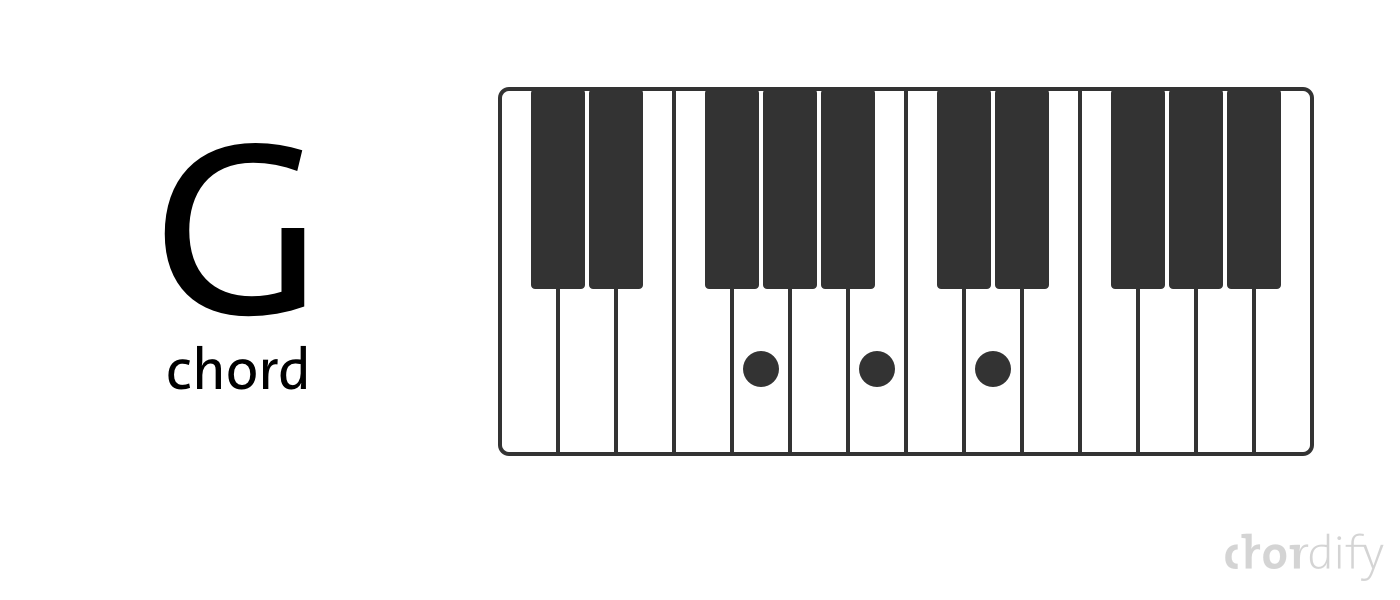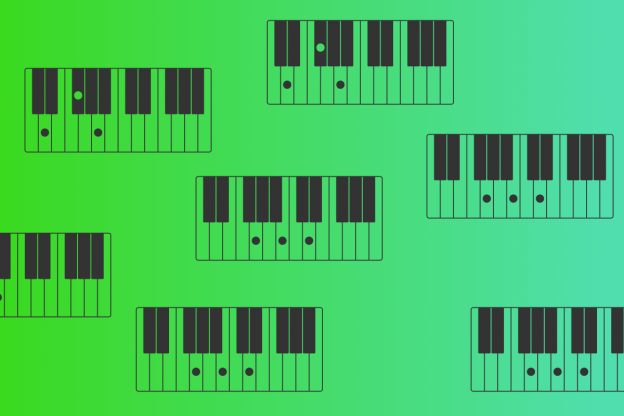Always wanted to play your favorite tracks on your aunt’s piano, but never knew how? Look no further, oh brave rockstar in the making. After reading this blog post, you’ll be able to play along with all your dearly treasured songs. We’re going to teach you how to read a chord diagram for piano.
Estimated reading time: 5 minutes
In this blog post on the piano chord diagram
Introduction
If you’ve never played piano before, don’t sweat it. Reading piano chord diagrams is easier than you think. First, we’ll explain the keyboard with all its white and black keys. After that, we’ll explain the basics of reading diagrams. Sounds good, right? Let’s get started!
White keys on the piano chord diagram
When you look at the keyboard, you see a lot of white keys. All those keys stand for different notes. Now, there are a lot of notes on a keyboard. Wouldn’t you agree? Don’t let this scare you though. When it comes to the white keys, you only have to know the notes C, D, E, F, G, A, and B. Why? Because those are all the names of the keys. It’s a pattern that repeats itself all over the keyboard. It’s a scale, which repeats itself over and over again.
After a few repetitions, these notes can sound very thin, like bells on children’s toys. Or they begin to sound very low, like peals of thunder over the horizon. It all depends on the direction in which we are running along the keys. It’s actually very easy. If you are standing in front of the keyboard, there is thunder on the left edge, bells on the right edge, and between them an endless musical journey. Simple, right? Just check the picture below.

Black keys on the piano chord diagram
The same way the white key pattern repeats itself from left to right, so does the pattern of black keys. To understand the names of these notes, we need to get into a bit of music theory. We measure the distance between notes using the terms semitone (half tone) and whole tone. So, when we switch from one note to another, we do that by going a whole tone or a semitone higher or lower.
Simply put, the black keys measure the distance between white keys and make them more spicy! Example: Take the first black key on the keyboard. This key follows the C, moving from left to right. So, that’s one semitone higher. If you go higher in pitch, the black key derives its name from the note that came before; and a hash is added. In this case it is a C# which we pronounce as C sharp.

When you go a semitone lower, let’s say from the white D key to the same black key we just dubbed C#, the key gets named after the note from which you went down a semitone. In that case it gets the tag b, which we pronounce as flat. So D flat. Sounds complicated, but it actually isn’t. To summarize, all the intervals between black and white keys are semitones. Check out the picture below.

How to use Chordify for piano
Okay, you can forget all the music theoretical mumbo jumbo for now. The most important part is that you learn how to read a piano chord diagram. For music theory and chord build up just check our blog post on that matter. Before we go to the reading diagrams part, it’s important to know where to find them.
You can get the piano chords for any song you want on Chordify. No, it really doesn’t matter if it’s a hip-hop track, a guitar song, or a techno ditty. All you have to do is go to the song page of the track you want to play and select “Piano” in the upper left-hand corner (with the “Diagrams” tab selected). Tadaa, there they are.
Understanding piano chord diagrams
Let’s learn how to read a piano chord diagram with an example. In this case we chose “What I Got” by Sublime. Want to know why? Because it only has two chords! After this blog post, you’re not only going to be an expert on piano chord diagrams, but you’ll also have learned your first song.

So, take a look at the two chords, what do you see? You see the keyboard and some black and white dots. The dots on the keyboard stand for the keys you have to hit simultaneously. The D chord consist of D, F# (because you’re moving up the keyboard, remember? Otherwise this black key would have been a … yup Gb) and an A. The G chord consists of G, B, and D.

Left hand action
Assuming you’ve never played piano before, here’s a little thing you should be aware of. The piano is played with two hands. The left hand is usually responsible for the bassline, or chords in our case.
The right hand plays the melody. Chordify shows only chords and no melodies, so you have to remember that your left hand has to do most of the work. Of course, you can cheat from time to time, but don’t tell your piano teacher we said so. Happy jamming!




